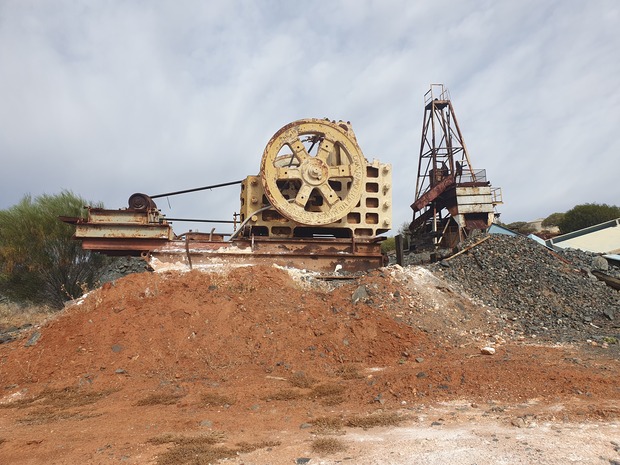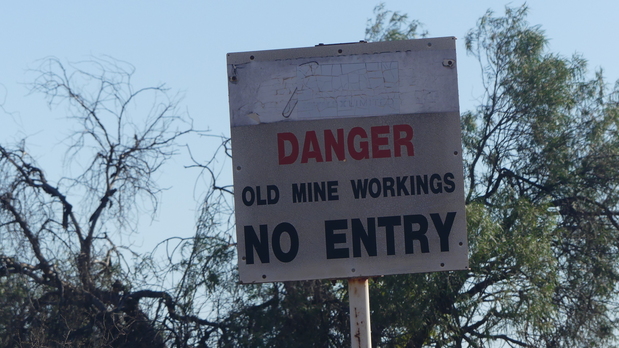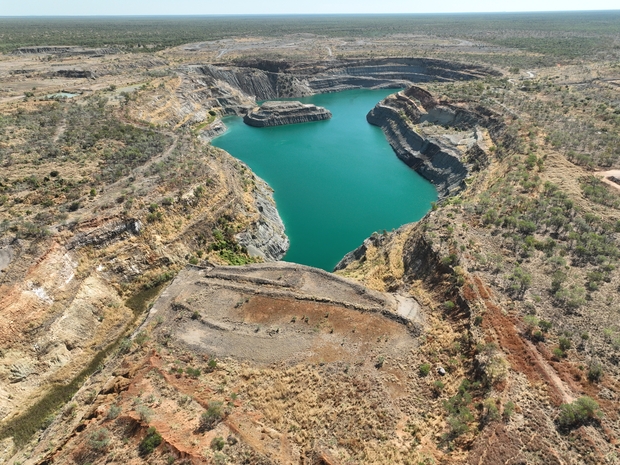
The Abandoned Mines Program (AMP) began in 2015 following the enactment of the Mining Rehabilitation Fund Act (MRF Act) and release of the Western Australian Government’s Abandoned Mines Policy. The policy provides an overarching framework for the prioritisation and subsequent management and/or rehabilitation of abandoned mine sites. It requires that sites are prioritised with consideration to significant risks to the community and the environment, and that the potential value associated with a site is identified and protected.
Western Australia has a rich mining history stretching back to the mid-1800s. Thousands of abandoned mine features still exist across the State, including shafts, costeans, large pit voids and waste rock landforms. Many of these abandoned mine features have been captured in the Abandoned Mines Inventory.
The AMP develops and implements projects to rehabilitate abandoned mines in Western Australia using funds generated through the Mining Rehabilitation Fund.
Mining Rehabilitation Fund

The Mining Rehabilitation Fund (MRF) was introduced in 2013. It is the State’s first dedicated and perpetual fund for the rehabilitation and management of historical abandoned mines. The MRF was created as a pooled fund in which WA mining operators contribute yearly, removing the burden from the WA community to pay for the rehabilitation of abandoned mining operations.
Money in the fund is available to rehabilitate abandoned mines across the State in circumstances where the tenement holder/operator has failed to meet rehabilitation obligations and efforts to recover funds from the holder/operator have been unsuccessful. MRF Principal can be used to rehabilitate abandoned mine sites where tenement holders have contributed to the fund. Interest earned on fund contributions is used to fund the administration of the MRF and to undertake rehabilitation work on legacy abandoned mine sites throughout the State. Prioritised projects are endorsed by the Mining Rehabilitation Advisory Panel (MRAP), which provides expert and independent advice on project development.
MRF yearly reports outline the key activities and achievements of the MRF and AMP, and detail the progress of project work completed through the AMP.
Abandoned mines inventory

Geological Survey of Western Australia (GSWA) developed an inventory of abandoned mine site features within Western Australia between 1999 and 2011 (the abandoned mines inventory). The inventory survey work focused on those sites located within 10km of towns and within one km of major roads.
This comprehensive database contains a total of 189,530 mine site features throughout the state. Abandoned mines inventory data can be accessed from the Mines and Mineral Deposits (MINEDEX) database, via GeoVIEW.WA or TENGRAPH. A spatial dataset of the abandoned mines inventory is also available for download from the Data and Software Centre.
Access historic mine plans
Access to historical mine plans can be requested through the DEMIRS Safety Regulation Group for a complete history of mine activity that has occurred on a tenement.
AMP Strategic Plan
The AMP’s overarching vision is developed within the program’s Strategic Plan: ‘to be the leading practitioner in the management of abandoned mine features’. The AMP project planning framework utilizes strategic, outcome-based objectives and adaptive management to achieve long-term sustainable outcomes. The plan identifies key initiatives that will support the program’s execution, which are reviewed and implemented in line with annual budget development.
Vision
- To be the leading practitioner in the management of abandoned mine features
| Goal | Initiative | Progress - next 12 months | Progress - Towards 2029 |
|---|---|---|---|
|
1. Strategic approach We have a planned approach to our work where we are innovative and forward thinking and at the forefront of leading practice. |
|
|
|
|
2. Engagement Our Stakeholders understand our approach, are aligned with the project, policy and legislative intent and are engaged in the process; we are transparent and consistent in our approach. |
|
|
|
|
3. Planning We ensure MRF funds are optimised. |
|
|
|
|
4. Standards We have established standards for Abandoned Mine Features. |
|
|
|
|
5. Safety Our safety requirements are well understood and practised. |
|
|
|
